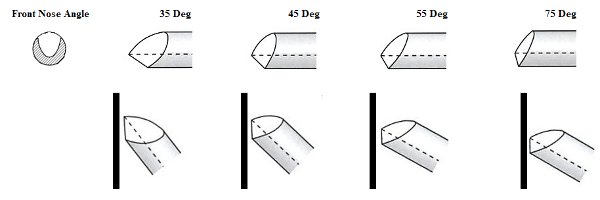I'm pretty new to turning and would like some advice on bowl gouge sizes.
I've made a couple of quite successful chisel purchases off Ebay such that I have a 'quiver' of chisels that is in some people's eyes unnecessarily big ! But I have feeling that the two bowl gouges fall into the categories 'too big' and 'too small'.
The big one is a heavy Robert Sorby - 10mm internal (which I understand defines it as a 10mm gouge) and is over 16mm external, rounded square bar.
The small one is a Henry Taylor from 3/8" round bar with a inside dimension which, continuing the imperial measurement, is 5/32" - OK for those less than ? age, that's 9.5mm od and 4.3 id.
I haven't as yet done much with either tool, but my feeling is that I need something somewhere in between.
Many thanks in advance for your opinions
Rob
I've made a couple of quite successful chisel purchases off Ebay such that I have a 'quiver' of chisels that is in some people's eyes unnecessarily big ! But I have feeling that the two bowl gouges fall into the categories 'too big' and 'too small'.
The big one is a heavy Robert Sorby - 10mm internal (which I understand defines it as a 10mm gouge) and is over 16mm external, rounded square bar.
The small one is a Henry Taylor from 3/8" round bar with a inside dimension which, continuing the imperial measurement, is 5/32" - OK for those less than ? age, that's 9.5mm od and 4.3 id.
I haven't as yet done much with either tool, but my feeling is that I need something somewhere in between.
Many thanks in advance for your opinions
Rob



































